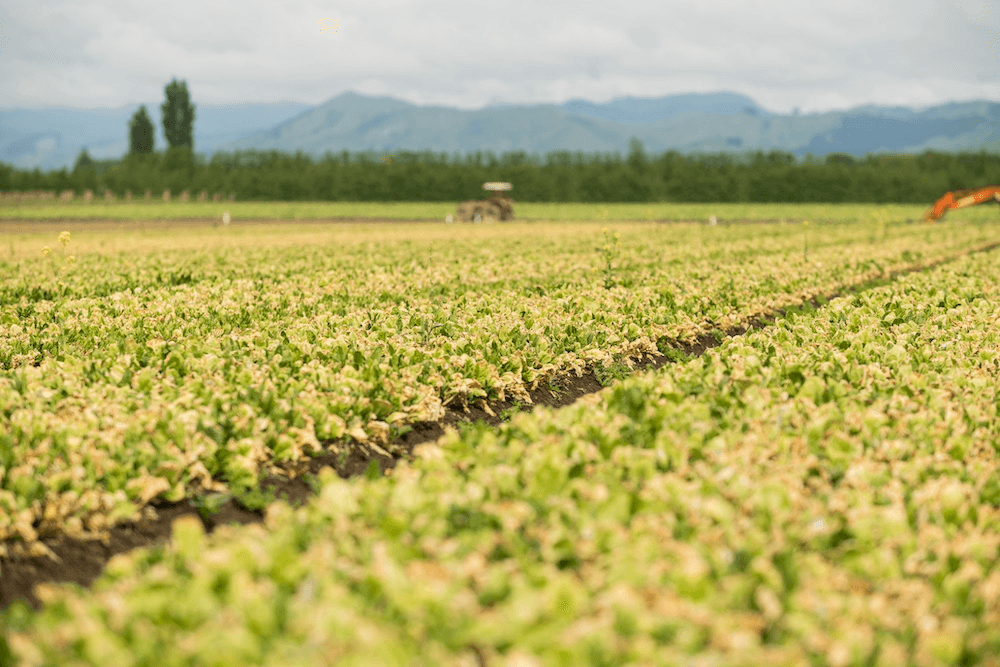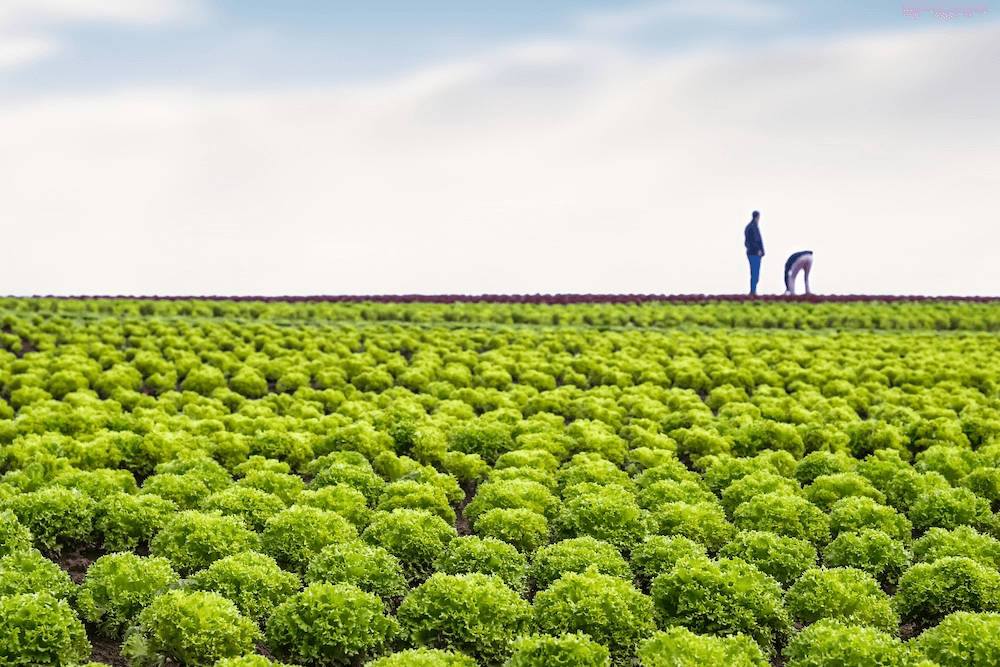I’m keen to eat food that’s better for the planet, and I keep seeing this phrase ‘regenerative agriculture’. What’s up with that?
You’re right: regenerative agriculture (or regen ag, for short) is growing fast into the next big food trend. It’s got grassroots popularity with farmers. It’s percolating through the food industry: a cult fave LA vegan eatery copped flak earlier this year when they announced that regeneratively grown meat and dairy would be added to the menu. School Strike 4 Climate is keen: they listed a regen ag fund as one of their five demands in 2023. And now consumers – in New Zealand and overseas – are cottoning on too.
The reason behind all this excitement? Regen ag could make a big dent in some of our biggest, gnarliest issues: polluted freshwater, declining native biodiversity, food security, the wellbeing crisis in rural communities, and climate change.
Whoa. So, what is it?
Regen ag is a holistic, ecological approach to farming. It aims to halt and reverse negative impacts on the environment from agriculture. The goal is to keep soils, water, animals, native biodiversity and people healthy for future generations to come. For some, it’s not just an alternative farming system – it’s a philosophy, or a “continuous improvement” mindset that’s constantly questioning the status quo.

That sounds great. But also vague. And how is this different to organic farming?
Yep, regenerative agriculture is broad and amorphous – but deliberately so. By being less prescriptive, farmers can tailor regen ag to suit their specific landscape and context. That’s part of why farmers like it so much – it’s not top-down, it’s not all-or-nothing. There are no hard and fast rules. That’s also what makes it different to the organic label, which minimises or excludes stuff like pesticides, synthetic fertiliser, antibiotics and comes with a bunch of requirements.
No rules, eh. What does a regenerative farm look like then?
That depends on the farm! But a core part of regen ag is healthy soil, and there are a heap of ways farmers can nourish that life-giving dirt: apply compost or biochar. Always keep the soil covered and filled with living roots. Reduce or stop churning up the soil with tilling. Sow a diverse range of crops or grasses. Mix cultivating plants with raising livestock, because that animal manure is gold for your topsoil. Reduce reliance on synthetic fertilisers or pesticides – or phase them out altogether.
Diversity is also a big focus. Nurturing the soil can boost a diverse population of soil microbes – a bit like human gut health relies on thriving microorganisms. Planting natives and other non-crop plants can help keep insects and other pests in check by boosting the diversity of their natural enemies.
 Regenerative Certifications Are Booming Right Now. Are They Worth It?
Regenerative Certifications Are Booming Right Now. Are They Worth It?
All of these – and more – can be part of a regenerative farm. It just depends on what makes sense for a specific farm, and farmer.
What about New Zealand farms – how regenerative are they?
That depends who you ask. Some farmers here are experimenting with and adopting regen ag principles and practices. For example, a collaboration between Plant & Food Research, Woolworths and veggie growers at LeaderBrand, has been investigating regen ag interventions on a farm in Gisborne. Compost and cover crops – that is, crops planted to cover the soil, rather than for harvesting – are focused on boosting soil health. Plus an on-farm wetland restoration project also aims to boost populations of predators and parasites of crop pests. The project is in its second year and results will take time to emerge – but one early, promising sign of revival has come from the soil microbes, with increased activity indicating that the bugs are returning to set up shop.
Aren’t our on-farm practices already world leading?
In some cases, yes. And some do argue that New Zealand’s conventional farming system is already optimised for our landscape and doesn’t need to change.
Some mainstream farm practices in New Zealand already align with regen ag – for example, we’re pretty good at rotating livestock through different paddocks to give the grass a rest. Other mainstream practices though – like monocultures and high herbicide use – aren’t really compatible with a regenerative approach.
Overall, it’s inescapable that farming activities are contributing to “environmental and social challenges” in Aotearoa – especially for our freshwater, soil health and native biodiversity – according to a regen ag research paper. Plus, some parts of the country aren’t well-equipped to cope with extreme weather like drought and flooding.
In order to be truly regenerative – and market our food as such – we’d need to tackle those challenges.

Is all this regen ag stuff just greenwashing?
Because it’s such a flexible framework, regenerative agriculture is difficult to define – so there’s a risk of greenwashing. We need some clear metrics or measures to back up the nice words.
Researchers here are figuring out what regen ag looks like in the New Zealand context, what works, and how we can make sure practices are underpinned by scientific evidence – not just anecdotes or vibes.
This all sounds great, but could regenerative agriculture actually help address climate change?
That’s a good question – and a bit of a controversial one. Some claim that regenerative agriculture practices can substantially boost the amount of carbon stored in the soil. Through that lens, capturing more carbon in the soil could cancel out planet-heating cow burps. Some studies in the US suggest that soil carbon is boosted in regen farming systems – at least in the short term – but the science is uncertain. In New Zealand, we already have comparatively high levels of soil carbon. Whether it’s possible to increase these even further is a question currently under investigation.
Even if the soil carbon storage concepts don’t stack up, there are other benefits to regenerative farming – among them, farmer wellbeing. Regen ag doesn’t just focus on crops or animals or soil, but also encompasses people and communities. International evidence suggests that regenerative farmers report higher levels of wellbeing and optimism compared to their conventional counterparts. It gives farmers an opportunity to feel connected and empowered.














